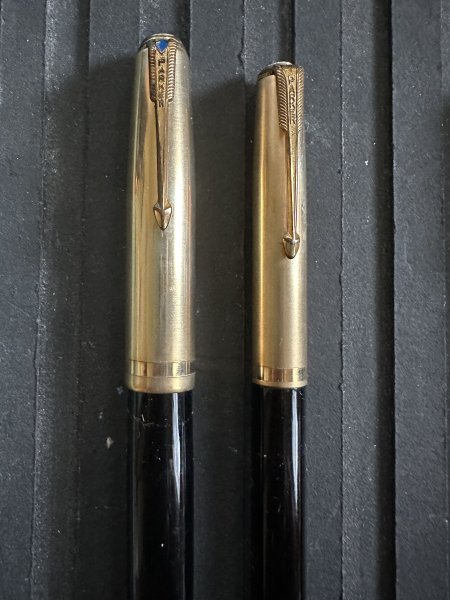Fountain Pen Found In Japanese Shipwreck
-
Forum Statistics
355.4k
Total Topics4.6m
Total Posts -
Member Statistics
128,351
Total Members18,857
Most Online Newest Member
Newest Member
palimpsesto
Joined -
Images
-
Albums
-
Sometimes it is all about the 51 Cap and the Nibs
- By VacNut,
- 0
- 0
- 8
-
USG 10
- By USG,
- 0
- 0
- 20
-
4posts
- By Tashi_Tsering,
- 0
- 0
- 78
-
Glamour Shots
- By Penguincollector,
- 0
- 0
- 4
-
Ink
- By Penguincollector,
- 0
- 9
- 73
-

















.thumb.jpg.f07fa8de82f3c2bce9737ae64fbca314.jpg)



desaturated.thumb.gif.5cb70ef1e977aa313d11eea3616aba7d.gif)






Recommended Posts
Create an account or sign in to comment
You need to be a member in order to leave a comment
Create an account
Sign up for a new account in our community. It's easy!
Register a new accountSign in
Already have an account? Sign in here.
Sign In Now